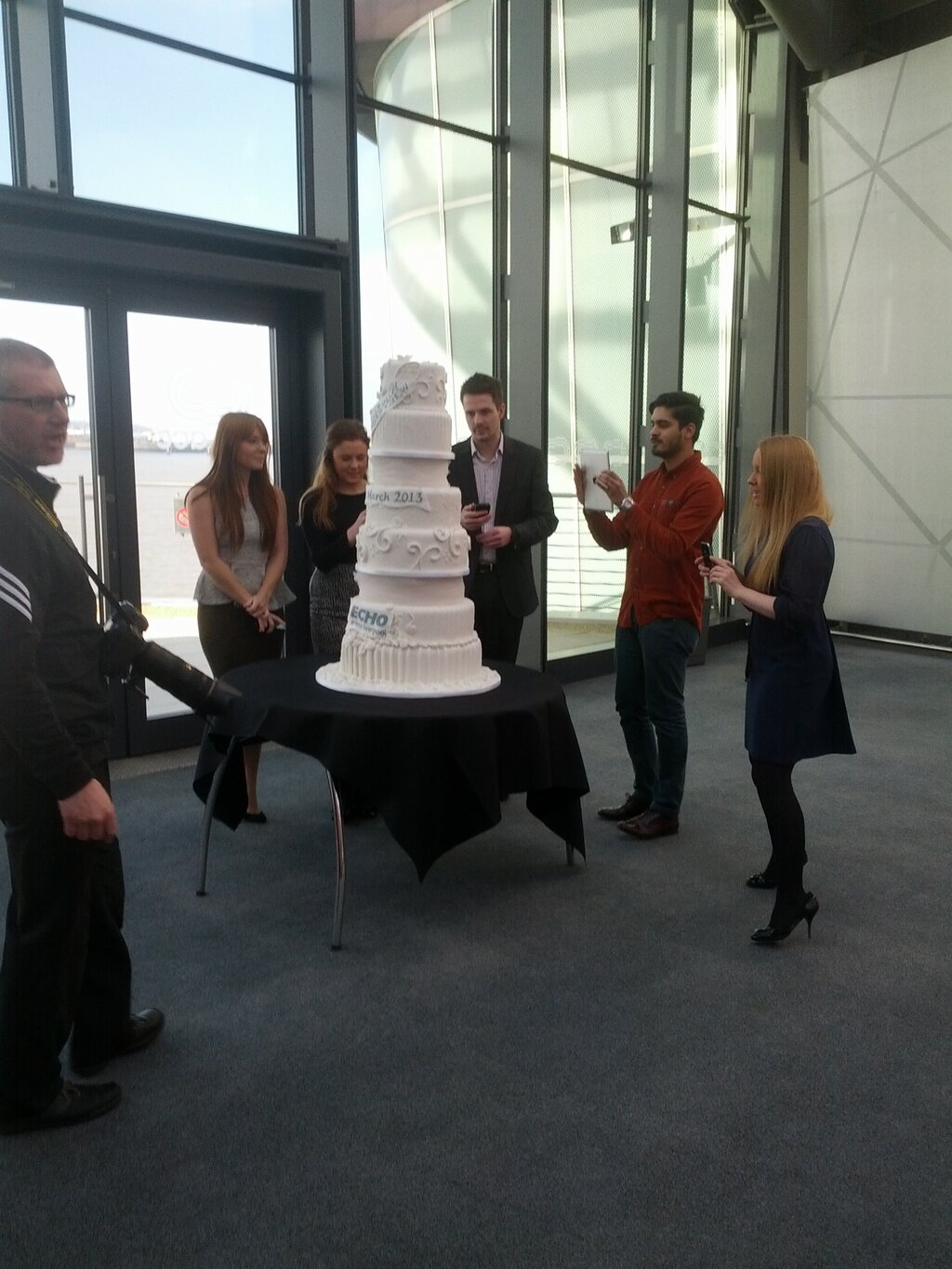Cakes are made from various combinations
of refined flour, some form of shortening, sweetening, eggs, milk,
leavening agent, and flavoring. There are literally thousands of cakes
recipes (some are bread-like and some rich and elaborate) and many are
centuries old. Cake making is no longer a complicated procedure.
Baking
utensils and directions have been so perfected and simplified that even
the amateur cook may easily become and expert baker. There are five
basic types of cake, depending on the substance used for leavening.
The most
primitive peoples in the world began making cakes shortly after they
discovered flour. In medieval England, the cakes that were described in
writings were not cakes in the conventional sense. They were described
as flour-based sweet foods as opposed to the description of breads,
which were just flour-based foods without sweetening.
Bread and
cake were somewhat interchangeable words with the term "cake" being used
for smaller breads. The earliest examples were found among the remains
of Neolithic villages where archaeologists discovered simple cakes made
from crushed grains, moistened, compacted and probably cooked on a hot
stone. Today's version of this early cake would be oatcakes, though now
we think of them more as a biscuit or cookie.
Cakes were
called "plakous" by the Greeks, from the word for "flat." These cakes
were usually combinations of nuts and honey. They also had a cake called
"satura," which was a flat heavy cake.
During the
Roman period, the name for cake (derived from the Greek term) became
"placenta." They were also called "libum" by the Romans, and were
primarily used as an offering to their gods. Placenta was more like a
cheesecake, baked on a pastry base, or sometimes inside a pastry case.
The terms
"bread" and "cake" became interchangeable as years went by. The words
themselves are of Anglo Saxon origin, and it's probable that the term
cake was used for the smaller breads. Cakes
were usually baked for special occasions because they were made with the
finest and most expensive ingredients available to the cook. The
wealthier you were, the more likely you might consume cake on a more
frequent basis.
By the middle of the 18th century, yeast had fallen into disuse as a
raising agent for cakes in favor of beaten eggs. Once as much air as
possible had been beaten in, the mixture would be poured into molds,
often very elaborate creations, but sometimes as simple as two tin
hoops, set on parchment paper on a cookie sheet. It is from these cake
hoops that our modern cake pans developed.
Cakes were
considered a symbol of well being by early American cooks on the east
coast, with each region of the country having their own favorites.
By the early 19th
century, due to the Industrial Revolution, baking ingredients became
more affordable and readily available because of mass production and the
railroads. Modern leavening agents, such as baking soda and baking
powder were invented.


